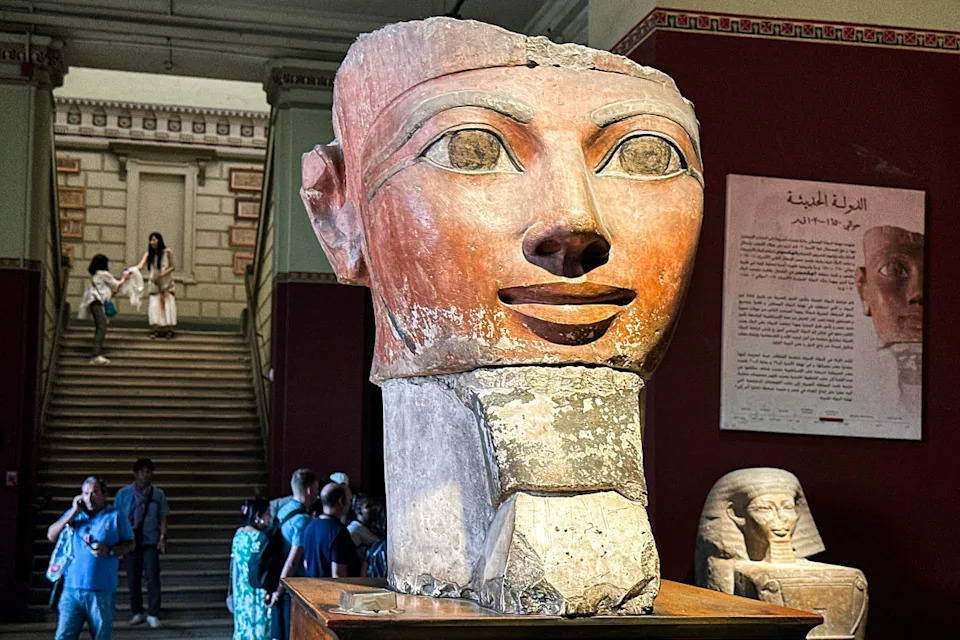The Egyptian queen Hatshepsut is a beloved figure in global history because she was a powerful female pharaoh, which was exceptionally rare.
For 100 years, the popular theory held that, after her death, her nephew, who took over the throne, sought revenge, "purposefully smashing all her statues to erase her from public memory."
However, a major finding in a new study now suggests that historians may have gotten that wrong. According to Archaeology Magazine, the finding is "rewriting the traditional explanation of the damaged statues" that gave tribute to one of the "two female rulers of ancient Egypt."
She is known as“The Woman Who Was King," and presided over an era of affluence and trade, that site reported.
The June 24, 2025, article was published in Antiquityand authored by Jun Yi Wong. It's titled, "The afterlife of Hatshepsut’s statuary."
"The statuary of Hatshepsut, who ruled Egypt during the Eighteenth Dynasty, is believed to have been targeted for violent destruction by Thutmose III, her successor," the researcher wrote.
 Visitors stand behind the bust of the ancient Egyptian queen Hatshepsut (1479-1458 BC) at the Egyptian Museum in Cairo's central Tahrir Square on June 11, 2025.
Visitors stand behind the bust of the ancient Egyptian queen Hatshepsut (1479-1458 BC) at the Egyptian Museum in Cairo's central Tahrir Square on June 11, 2025.KHALED DESOUKI/Getty Images
"Yet the condition of the statues recovered in the vicinity of Hatshepsut’s mortuary temple at Deir el-Bahri varies considerably and many survive with their faces virtually intact," Wong wrote.
"Through the examination of archival material from the original excavations, the author offers an alternative, more utilitarian, explanation of the treatment of these statues. Rather than outright hostility, much of the damage may instead derive from the ‘deactivation’ of the statues and their reuse as raw material."
The researcher built the findings on an examination of broken pieces of the statues that were unearthed "during the 1922–1928 Metropolitan Museum of Art excavations," reported Archaeological Magazine.
In other words, the action against Hatshepsut's statues may not have been motivated by her gender or as a strike against her memory or power.
According to Live Science, the Queen ruled from about 1473 through 1458 B.C. and is known for "commissioning a beautiful temple built at Deir el-Bahri, near ancient Thebes (modern-day Luxor)," as well as ordering a voyage from Egypt to a "land known as 'Punt.'"
She was the wife of a pharaoh (and his half-sister) and was supposed to be a regent but became queen instead, Live Science reported.
Historians have been making progress in understanding Hatshepsut's range, recovering blocks from her temple in January 2025.
Related: Major Count Dracula Finding Rewrites History
Major Finding on Beloved Egyptian Queen Rewrites History first appeared on Men's Journal on Jul 7, 2025














